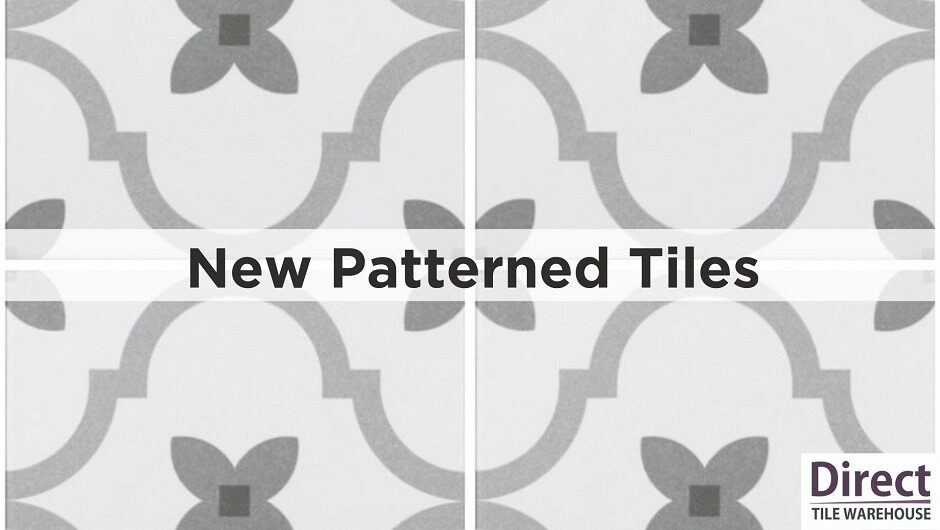We were blown away when we saw our Victorian kitchen tiles in pride of place in Richard’s gorgeous kitchen renovation. We love the detailed design process he went through to find the perfect tiles – a bit of attention definitely goes a long way! We caught up with him to find out more.
We live at Trent Cottage (@trentcottage on Instagram) which is a 1930s terraced house on the outskirts of Nottingham. We moved in in 2019 and always knew the biggest project would be the kitchen, which was at least 20 years old and falling apart!
Not only that but it was a really bad design, with hardly any cupboard space and a gas oven that only cooked one item at a time! We’re keen cooks so knew this would never work. Initially, we assumed we would just replace the kitchen like for like but are so glad we lived in the house a while before deciding the new layout and design.

Because of the age of the house, we knew we didn’t want a super modern kitchen as it wouldn’t work or look right. I had saved many images on Pinterest with a navy blue and light grey theme which is what we chose in the end. Also, as the kitchen isn’t very large, we wanted Victorian kitchen tiles for the floor that had a bit more of an eye-catching design and also went with our other tile choices including the scallop tiles that are the hob splashback.
Choosing our Victorian Kitchen Tiles
We were therefore on the hunt for Victorian kitchen tiles that not only matched the colours of the kitchen but also with the age of the house. I think I must have ordered at least 20 samples from different places but nothing was exactly right or far too expensive!
I found Direct Tile Warehouse on a bit of whim and was delighted they had a vast range of tiles to choose from and especially Victorian pattern style tiles. I ordered further samples and did a poll on Instagram to get some more opinions.

As soon as I received the samples I knew I would order with Direct Tile Warehouse! We decided on ordering the Olympia Blue Victorian Tiles which were not only great quality but a great price too and the colours and design of the tile matched perfectly.
I was delighted with the service I received and the tiles were delivered when expected and not damaged which I have experienced elsewhere!
As I tiled the kitchen myself, the project took a little longer than usual, but we could not be happier with the results. The Victorian kitchen tiles are exactly as we envisaged and go perfectly with our kitchen! We even gave the spares to a family member as they wanted to use them in their porch.
It goes without saying we would recommend Direct Tile Warehouse and we’ll definitely be ordering with them for future projects.

Customer Project using Olympia Tiles
Follow Richard on Instagram for more photos of his glorious home.
Would you like to create your own project with Victorian kitchen tiles? Shop our range here.
Do you have a tile tale to tell? We’d love to see your tile transformations – send your pictures and comments to [email protected] or tag us on social media.
Iconic Victorian tiles are named after the Victorian Period, which was the reign of Queen Victoria (June 1837 until her death in January 1901).
Tiled flooring and paths were a popular feature in many conventional Victorian homes during the 1890s.
The Victorian tiles proved to be extremely durable and long-lasting, with many still in use after more than 150 years.
Victorian tiles became a practical and easy-to-clean alternative as awareness of the significance of hygiene developed, as did the advent of baths and toilets in homes.
Victorian kitchen tiles can now be found in both classic and contemporary homes around the United Kingdom.
Because of their hardiness and weather resistance, Victorian tiles are commonly used as flooring in corridors, baths, and outside walks. This makes them perfect for high-traffic areas and practical for bathroom tiles.
Victorian kitchen tiles are ideal for kitchens because they are easy to keep and clean. Victorians frequently tiled entire walls in plain or rich colours.
Victorian-style tiles can be used to create a focal point around fireplaces in bedrooms and living areas.


